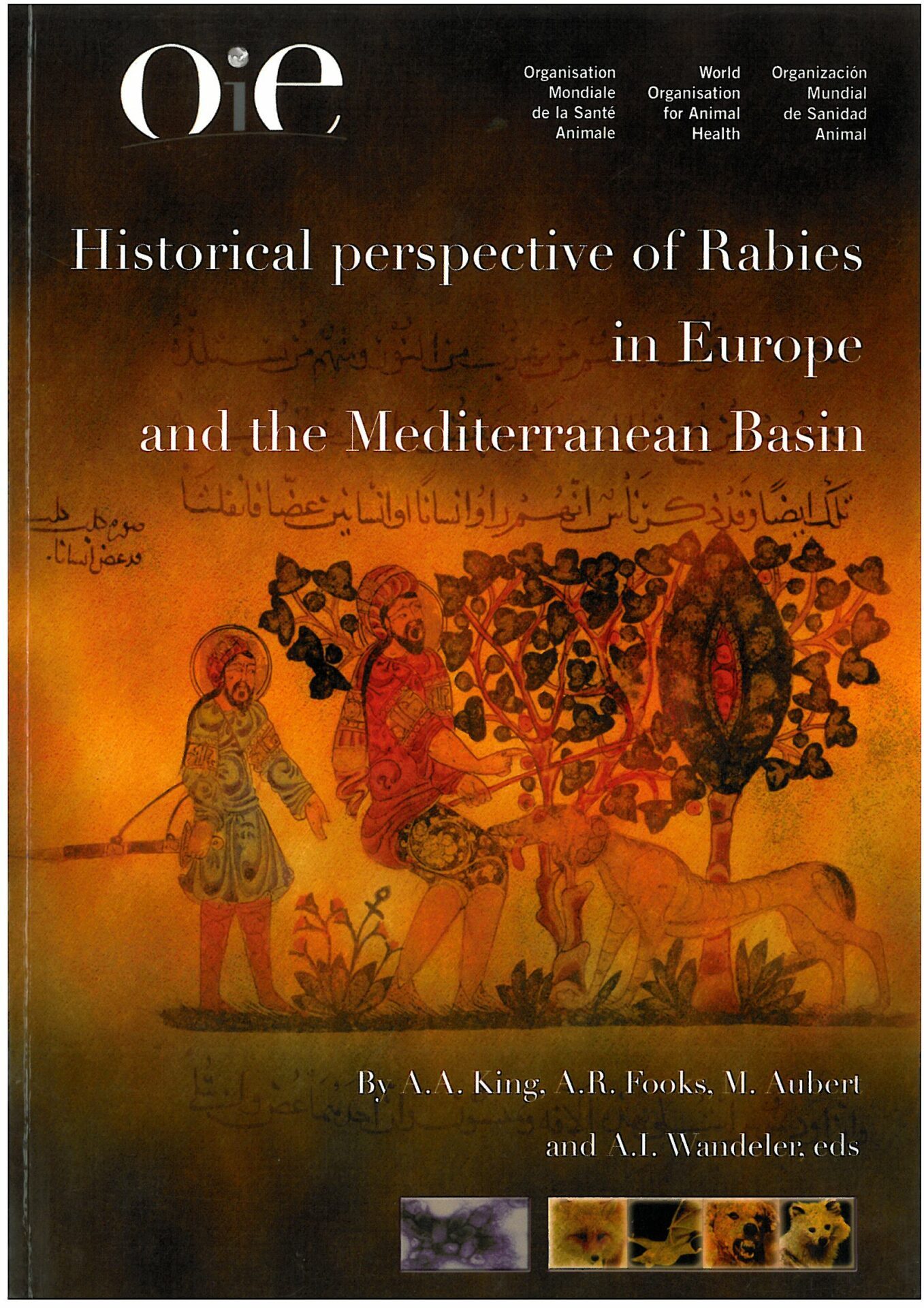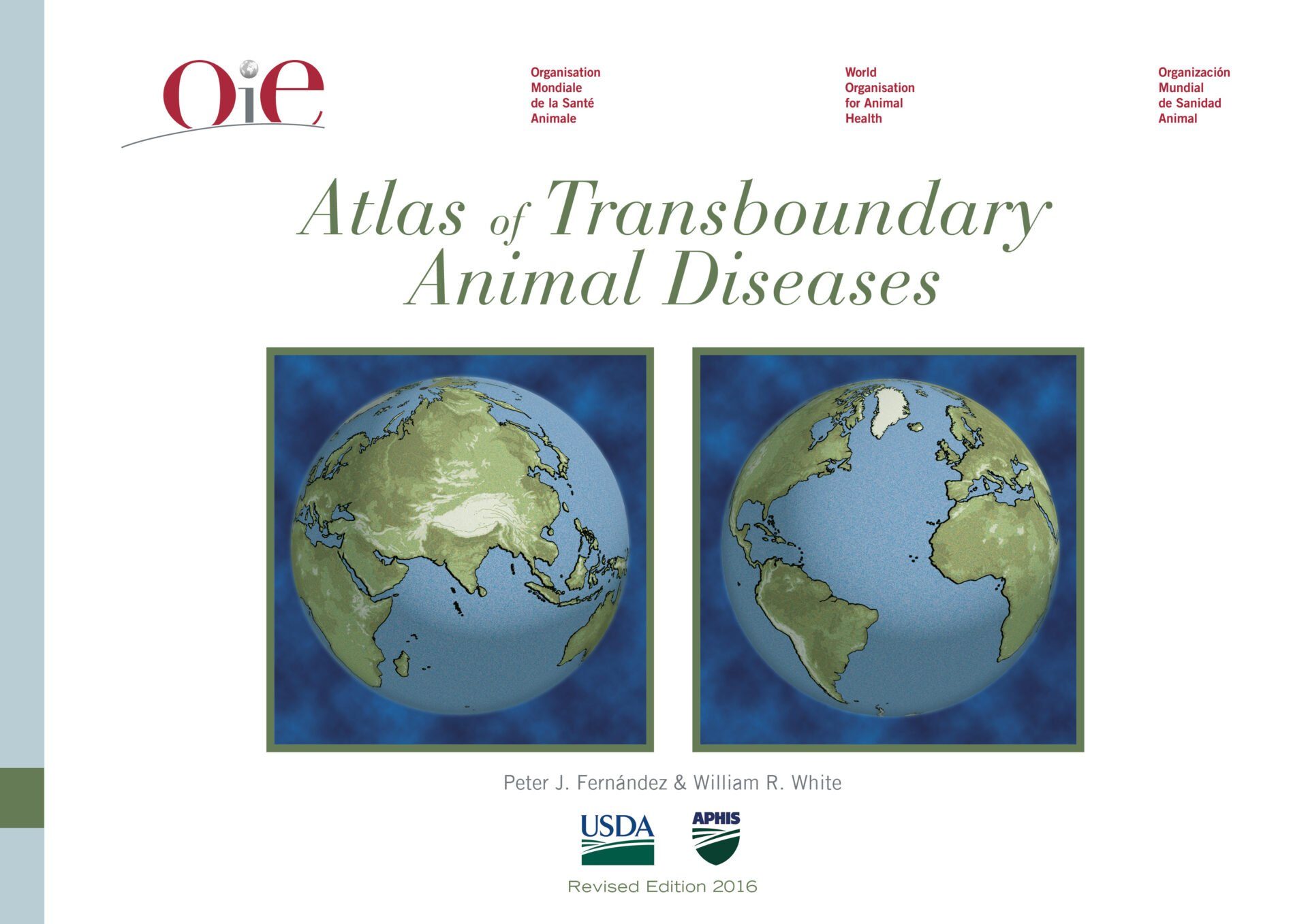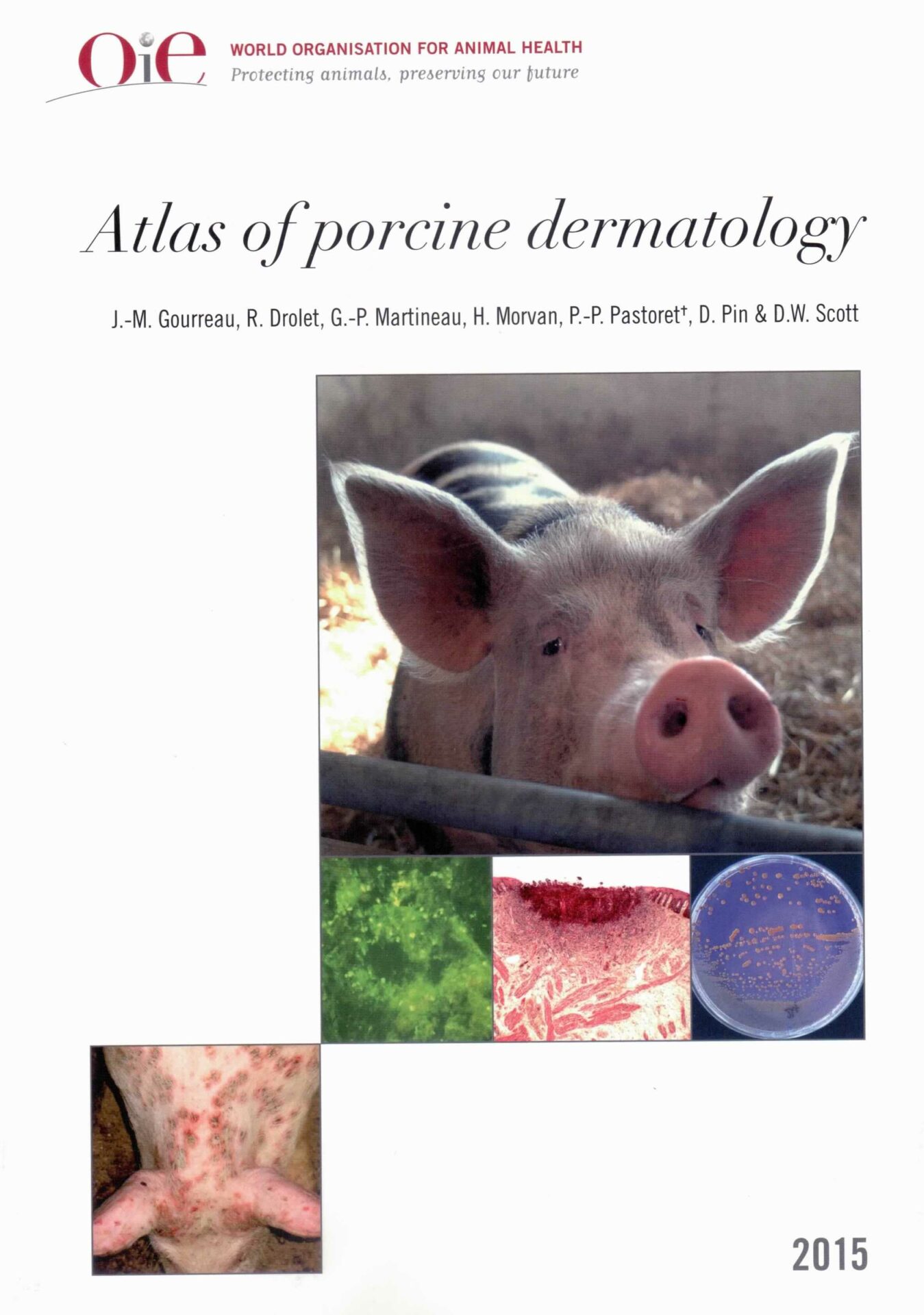Description
This book is essential reading for anyone involved in disease control policies and especially those involved in the control of rabies.
The importation of animals and their products involves a degree of disease risk to the importing country, represented by one or several diseases or pathogenic agents. Throughout the 20th Century, control strategies for rabies in Europe have significantly reduced the human burden of disease. Rabies has been successfully eradicated from many European countries and in this book leading experts describe the various approaches that have been taken. This comprehensive historical review aims to provide scientists, veterinarians and policy-makers with a historical account and expert analysis of rabies from ancient times to today. Readers will benefit from several expertly drafted articles brought together in a single volume. Each chapter is clear and concise and focuses on a different region in Europe, North Africa and the Middle East. The book includes country-specific rabies reports from the United Kingdom, Ireland, Iceland, Norway, Sweden, Finland, Estonia, Latvia, Lithuania, the European parts of Russia, Belarus and Ukraine, Poland, the Czech Republic, the Slovak Republic, Germany, Denmark, Austria, Hungary, Italy, Croatia, Bosnia, Slovenia, Macedonia, Albania, Greece, France, the Netherlands, Belgium, Luxembourg, Switzerland, the Iberian Peninsula, Turkey, Cyprus, Syria, Lebanon, Israel, Jordan, Algeria, Egypt, Libya, Malta, Tunisia and Morocco. Additional chapters describe rabies in the ancient world and the history of dog rabies in the Mediterranean Basin, and other chapters cover the different epidemiological models of rabies, such as the epidemiology and ecology of fox rabies in Europe; a description of the computer analysis of fox-rabies epidemics is also included. Rabies virus variants and the molecular epidemiology of the disease in Europe are discussed in chapters describing Lyssavirus infections in European bats and Europe as a source of rabies for the rest of the world. Following the first description of rabies from ancient scriptures the animal/human relationship is explored further through chapters entitled ‘Folklore, perceptions, science and rabies prevention and control’, ‘Human rabies and its prevention’ and ‘European rabies control and its history’. Finally, the role of international organisations, such as the World Organisation for Animal Health (OIE), the World Health Organization (WHO) and the European Union (EU), is discussed in a chapter entitled ‘International co-operation and the role of international organisations’.
A.A. King, A.R. Fooks, M. Aubert, A.I. Wandeler; Ed.
2004
ISBN
In English





